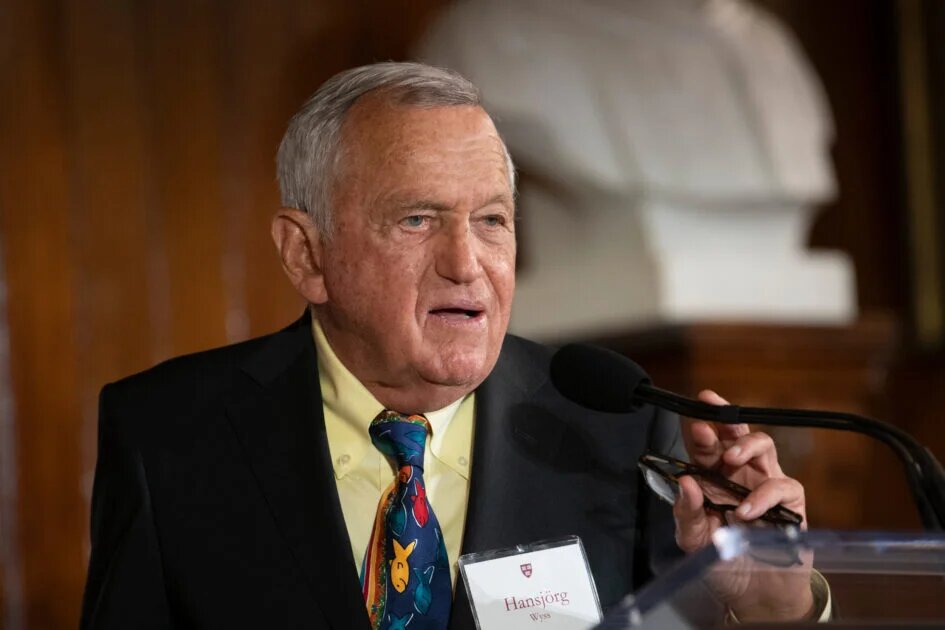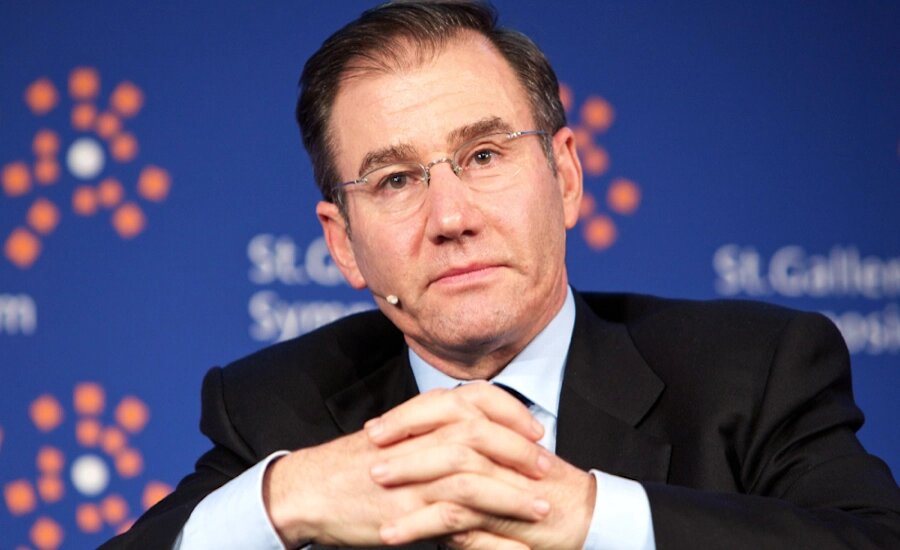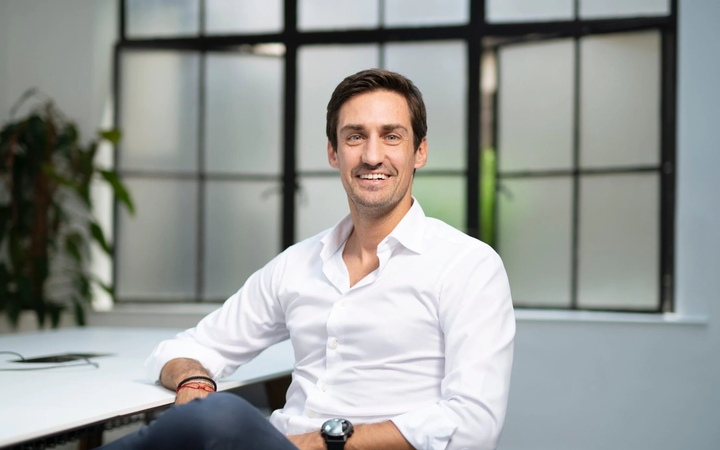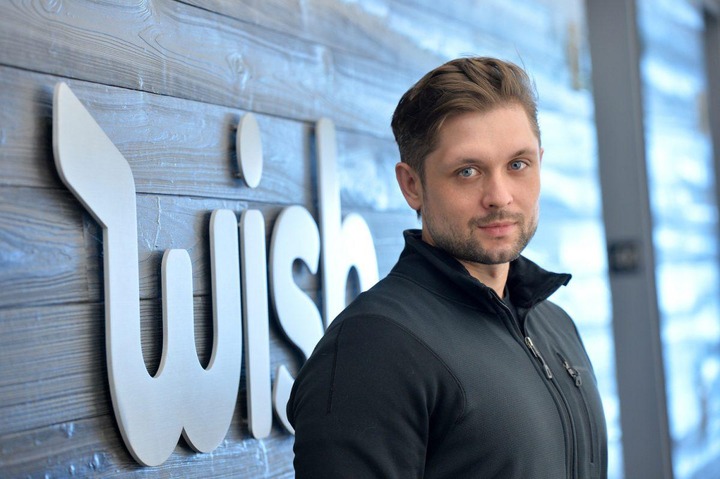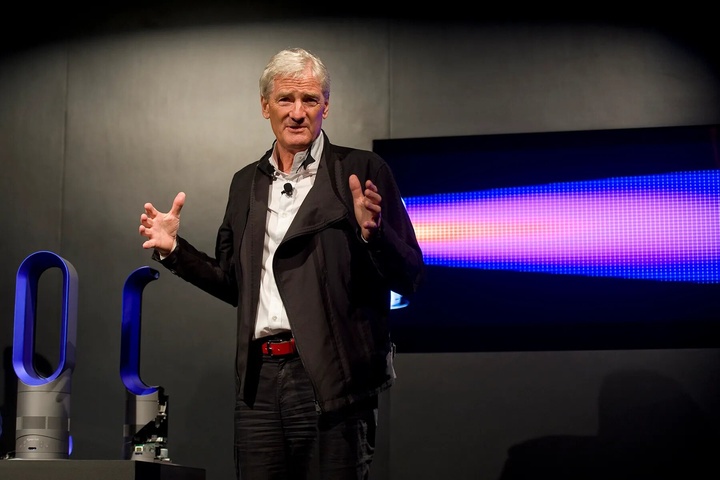Gianluigi Aponte Success Story: From Sailor to Shipping Magnate
Italian business magnate Gianluigi Aponte is the founder, owner, and chairman of the Mediterranean Shipping Company.
About Mediterranean Shipping Company.
Gianluigi Aponte established the international shipping company Mediterranean Shipping Company S.A. in Italy in 1970; its head office has been in Switzerland since 1978. The Aponte family owns the privately held business.
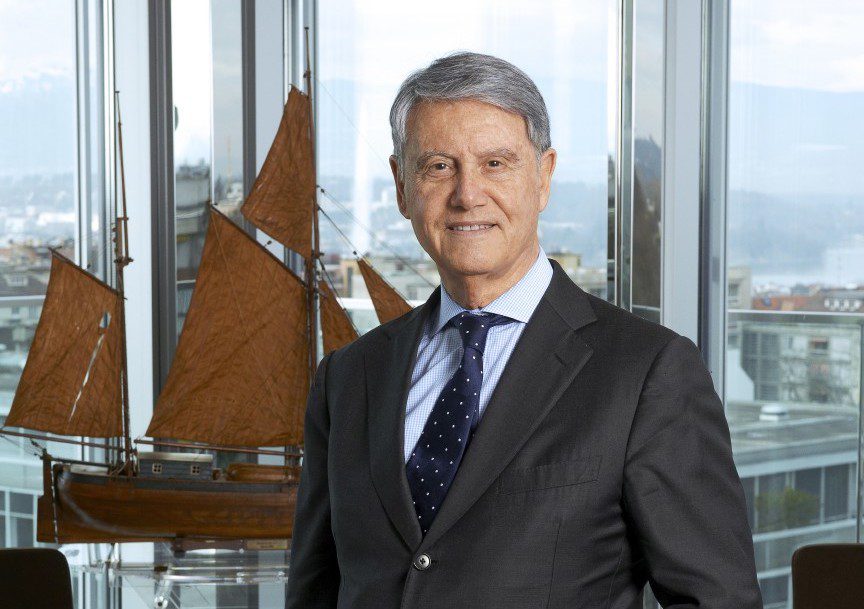
The business is active in all significant ports around the globe. With a 4,631,403 twenty-foot equivalent unit intake capacity as of 2023, MSC runs 721 container vessels.
For a while, Aponte worked in finance, but he yearned to get back into the maritime business. In 1970, he founded the Mediterranean Shipping Company after raising $280,000 to purchase the German freighter, Patricia. A year later, he launched a second freight ship, Rafaela, named after his wife.
Also Read: How Swiss Billionaire Hansjörg Wyss Built His Empire
By the 1980s, Aponte’s fleet, which primarily operated between Europe and Africa, had grown to 20 cargo ships, which the billionaire sold to transition into container shipping. After purchasing the cruise fleet of his mentor Achille Lauro in 1987, originally operating as Starlauro, he expanded into the cruise line business.
In 1995, the business adopted the MSC Cruises name. Achille Lauro, a passenger ship that was seized by PLF members off the coast of Egypt in 1985 and later caught fire and sank off the coast of Somalia in the Indian Ocean in 1994, was one of the company’s first ships.
The MSC Opera, a ship from the Lirica class that launched the business’s investment in advanced ships, was one of the first such vessels. With the launch of a €5.5 billion funding strategy to create the most cutting-edge cruise fleet in the world, MSC Cruises established itself as a significant player in the global cruise sector during the early 2000s.
In 2014, a new, massive investment project was started, with plans to build new boats as well as refurbish the original Lirica vessels. This expenditure is anticipated to cost $11.6 million between 2014 and 2026, and an even larger Meraviglia fueled by LNG and able to accommodate 6,334 guests is on the horizon.
As a result of its exceptional standards for environmental preservation, health, and safety, MSC Cruises already holds the distinction of becoming the first cruise line in the world to receive the coveted “6 Golden Pearls.”
Gianluigi Aponte shared an award for “Neapolitan Excellence in the World” with Fabio Cannavaro, Ambra Vallo, and other recipients in 2009 from then-Italian Prime Minister Silvio Berlusconi at the Teatro di San Carlo in Naples.
Also Read: The Rise of Ivan Glasenberg: Mining Magnate’s Success Story
He received the Cruise International Lifetime Achievement Award in 2012 in honor of his extensive work in the sector. In October 2013, Italian President Giorgio Napolitano bestowed upon him the Order of Merit for Labor title as well as Containerisation International’s Lifetime Achievement Award.
The Aponte family has been listed frequently in the Lloyd’s List of Top 100 Most Influential People in the Shipping Industry, with positions 10 in 2014 and 16 in 2018.

I am a law graduate from NLU Lucknow. I have a flair for creative writing and hence in my free time work as a freelance content writer.
